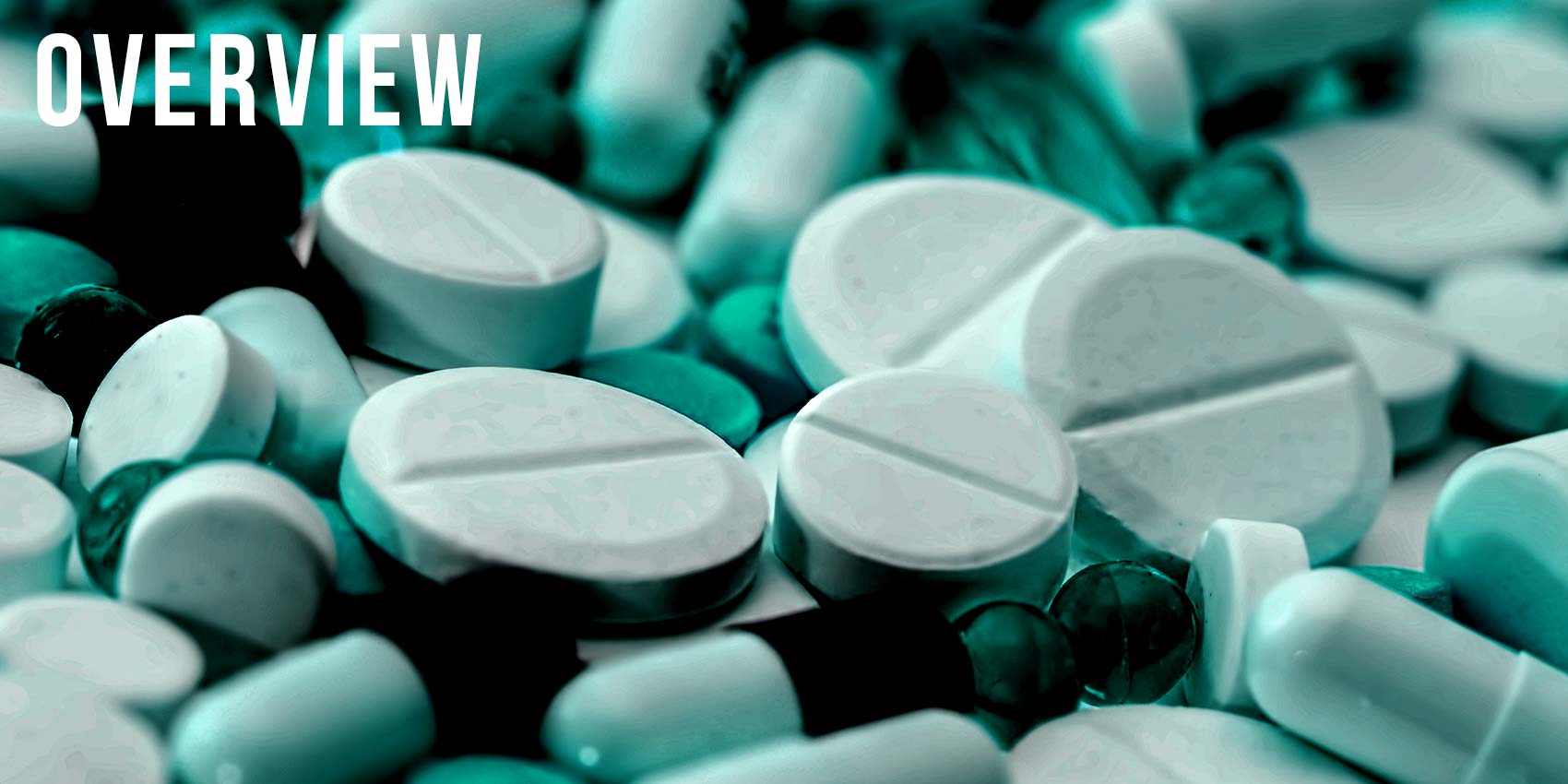30 Aug Heroin and the Opioid Crisis

Updated September, 2018

Harrison, are you ok? Your knee bothering you again?
I’m fine. My knee doesn’t hurt. I take Percocet to kill the pain.


Really? How long have you been doing that?
I don’t know. About a month? My doctor prescribed a ton of these pills and they work to numb the pain so my knee is fine now.


If your knee is fine, why do you keep taking the pills?
I’m not sure. I guess I’m just used to how they make me feel and, honestly, I kind of like the numbing feeling.


That’s really upsetting to hear, Harrison.

ADDICT: A person who is physically and/or psychologically dependent on a substance, habit or activity.
That’s incredibly upsetting to hear, especially since the misuse of prescription pain killers is causing the rates of addiction and deaths due to opioid misuse to skyrocket: from 33,000 deaths in 2015 to 72,000 deaths in 2017.
At that rate, by 2021, as many as 152,000 a year will die. That’s the size of Charleston, SC, or Kansas City, KS, or Pomona, CA. Can you imagine? They would be ghost towns, representing lives lost from this nation’s “Opioid Crisis”.
That’s right. The opioid addiction has become so common and so devastating that our nation has declared it an emergency that needs addressing. That emergency claims 115 lives every day!

DID YOU KNOW? The total cost from healthcare, lost productivity, addiction treatment, and criminal justice in the US alone is $78.5 BILLION per year.
(Source: NIDA and CDC)
Opioids are pain killers. The term opioid comes from the fact that these forms of pain killers are derived from the opium poppy plant. You will learn the complete breakdown and why this has become a crisis in the posts below.
This post will cover:
Warning signs and treatment options
Bonus YSS: The Good Samaritan Law and drug use
Bonus YSS: Treating the opioid crisis: one of the controversies
To be clear, most people don’t use heroin or abuse painkillers. And, most people prescribed these drugs don’t end up as addicts. BUT, anyone can become an addict—
addiction does not discriminate. (Although having trauma, mental illness or adverse childhood experiences can increase the risk.)
Read on so that hopefully we can all tackle this problem and reverse those numbers above.
SOURCES for this post




Post Question:
Have you heard of the opioid crisis? If so, what do you know? How do you know?
Answer the post question here
What's being said